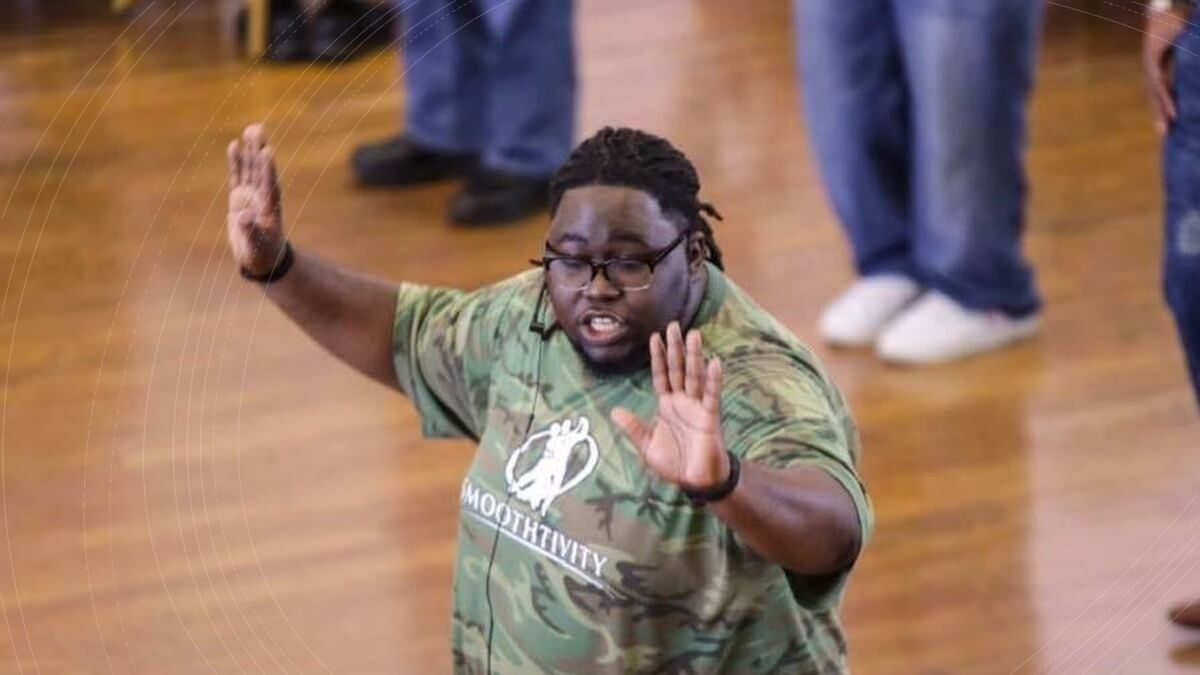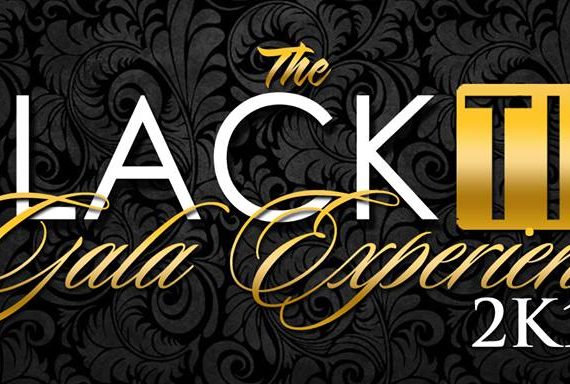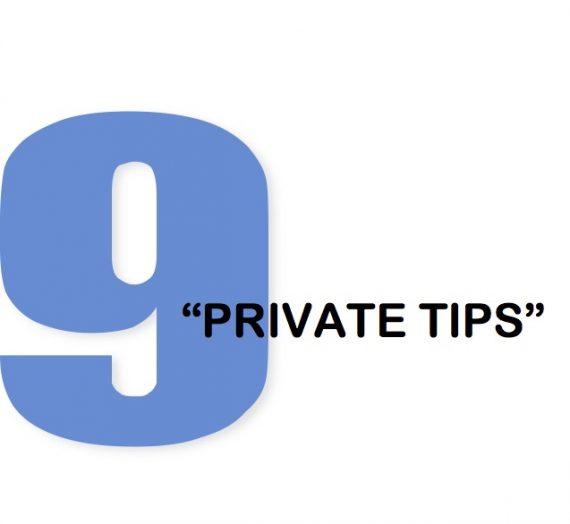We continue the Drewry “Drew” Alexander interview with part 2 to focus on the men and talk about community building in Chicago Stepping with Smoothtivity. This interview became a different type of conversation. For a minute, I thought Drew was about to flip the script and start interviewing me. I enjoyed it. Most interesting was learning how Drew sets himself up to pay it forward in the Stepping community. The common threads in this conversation were discipline, progress, and evolution. Here is part two of our interview.
What are three tips for men to engage their dance partners?
[Sonji: To me, “engagement” is when you can achieve the balance for a woman to express herself and not be the man’s puppet while the man does not have to wait for the woman so he can dance. Both people are into the song, each other, and enjoying the same music.]
I concur with that sentiment exactly. Three tips for learning how to be more engaged in your dance are:
First, Match Frequencies
- The first thing a man has to be privy to is understanding how to be on the same frequency as the woman. Women dance at a different frequency than most men in the community. The majority of the men don’t dance; they move. They don’t have motion, they just have movement. There’s a difference between motion and movement. If the lead is just moving and the follower has motion along with movement, then we are already on two different wavelengths.
- Followers are the consistent part and maintain eight steps the whole time they’re dancing. Men are the experiment’s variables, meaning they can go everywhere and do whatever they want to do at the moment. It doesn’t necessarily mean consistency. Usually, the men that have a way more engaging time with their partner match the flow of the follower’s dance. If you’re taking eight steps and I’m taking four, there’s a percentage of that frequency I’m not rolling with you on because there are four extra steps that you’re taking that I’m not. In that basic sense, men are not matching the follower’s frequency. The point I’m making there is that you don’t have to have a lot to be great. Some of the best dancers don’t even do a whole lot. It’s just how they do what they do. Learn how to master the frequency of your follower. If you can match the frequency of your follower, it will give you the majority of the engagement you need.
Second, Pay Attention
The next big thing is paying attention. Because you might be on the same frequency doesn’t necessarily mean that you are listening or paying attention. Because I can dance in front of you and am on the same frequency, does not necessarily make me engaged in it. It means that we both know how to flow at the same level. Paying more attention to one another is how you can engage on that next level.
Third, Not Dancing for Yourself
Another tip I would say is to make sure that you’re not dancing for yourself. It’s easy to dance for yourself. And to be caught up in what you are doing. It doesn’t take a lot of work to focus on you. Nor does it take a lot of work to listen to what you want to listen to. It doesn’t take much work to make the steps you want. It doesn’t take much work to dance when you want to dance.
However, it does take work to pay attention to the next person. It does take work to be able to reflect or match the next person. It does take work to listen and to understand the person versus listening to respond. I listen to you to understand your movement while dancing with you. To be sure, I am not trying to compete with you or throw you off. I am not trying to outshine you. The goal is how we complement one another. We can’t complement one another if we are doing two different things. You can have your personality, and the other person can have theirs. Find what about your personality fits the person in front of you. We find that, and we connect and become intertwined. When we intertwine, you naturally engage.
There are a couple of videos of me and Chemeash out of Chicago. They are a perfect example of how we just connect. We truly engage with one another when we’re dancing. We do not see anything, and we’re not focused on anything on the outside. Focusing on each other, we focus on how we can make these moves match and how we make it flow because there’s an art to it.
I’m not about staring into anybody’s eyes. Even in a relationship, my girlfriend and I didn’t do that. There’s so much more to watch that can make you engage with somebody. I could look at your pinky toe and be engaged. It’s how I do the things that you do and how you do the things that make us flow.
Drew’s Bonus #4 – The How
If I had to add a fourth, it would be that how you do the things you do makes the difference. If I’m having a conversation with you, Sonji, and I talk to you very sternly, you’re probably gonna wonder why I am communicating so hard. But if I’m talking to you in a certain tone that makes you feel like I want to put my ear closer to your lips just because it sounds good. That makes a whole lot of difference in the how.
Sidebar – Drew explains a partner dance should be 50-50
You get a class of guys and women sitting right in front of each other. The women will learn eight steps, and the guys will learn how to do a stride or stroll. Men are already learning at a disadvantage because instructors teach men how to do less than women. Half of the men are disengaged because they’re taught to be. You’re taught this is a partner dance, but we are not doing 50-50.
There is a level, though. I agree that it starts in class or where and how you were taught. There are two parts to every learning situation. First, where you got the information? Second, what have you taken from it and also researched on your own? As a teacher, there are two parts to making sure that if I’m teaching you anything, there are two parts for you to obtain it fully. There is me giving it to you and saying, hey, this is what it is. And then there’s you practicing it, using it, making sure it’s practical. But most importantly, understanding more about it outside of me will strengthen what you do when I teach it.
A lot of people don’t do research. They’ll just take lessons from anybody. I’m not out here bashing anybody, but there is a level to it. People give great concrete information, and some just give bits and pieces. I think anybody teaching anything is giving something good, but they’re probably giving incomplete information rather than complete information.
Having an instructor that might be or might seem like a good dancer and has a name does not necessarily mean that their production tree is there. You have to make sure that you do your research. So when you get these new instructors coming in, yeah, they’re ignorant for the time being, but at some point in time, you choose To continue to be ignorant. And again, I know the word ignorant offends people, but I’m using it from a definition standpoint regarding not knowing or not having the right type of information. For you not to be that, then learn the information you need.
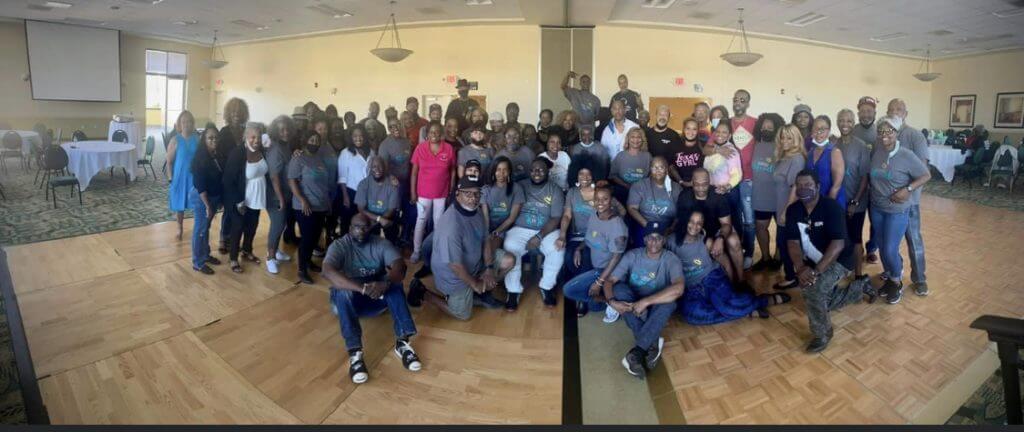
In class instruction over the past two years, what has been the most challenging part of instructing, and how do you address it?
Over the last two years, people are coming back from the pandemic. People have been chilling, some people danced, some people didn’t, some are rusty, and others have been doing whatever to get by. Coming back into dance and teaching in 2021, one of the biggest issues I noticed was that people lack the concept of dance. I noticed this two years prior. New steppers don’t learn about the dance from where it came to understand where it’s now. There are many new people, and so they are – and I use this word for the definition, so I hope nobody takes offense to this – still ignorant of the culture and everything that goes with it.
People just go when they see or hear somebody that just so happens to teach. I think one of the issues is that we still have instructors that are not teaching people culturally. They’re just teaching people how to get by. When you teach people to get by, then that’s all they’ll do. People are creatures of habit; if you don’t build them with a great habit first, they will maintain the bad habits later. People develop a lot of horrible habits because of how others teach them.
I address it by trying to connect with people in different communities willing to up their learning and knowledge. They want to share with those who they are teaching in their community. I have fourteen Smoothtivity branches across the country where they teach my curriculum. It’s a proven curriculum that has taught amazing dancers and competitive dancers who have even beat me in contests. If that can happen, it can be shared to teach people how to teach others the right way.
When I say the right way, not one way. Everybody must be communicated to in different fashions to be a great teacher. I have to be able to speak multiple languages because I deal with different learning curves, and everybody learns differently. You must be able to do that. Many instructors, I am sorry to say, can only speak one language, and it’s theirs. There’s nothing wrong with their language. It’s just that they’re only going to get a small percentage of people that can speak that language with them. Being able to attack a multitude of different learning curves and disseminate information that is understood for all these different learning curves is critical.
We address it by ensuring that people understand there’s more to the dance than what’s being taught physically and what they see. There are a lot of people who see a lot of stuff, and they just want to do it. If you don’t understand the ins and outs and the prerequisites to getting there, then you’re trying to skip along. Students or steppers wonder why 2,3,4,5, and certainly, even ten years down the road, they are not where they want to be. The biggest part is about understanding the proper discipline, which means understanding the right information to get you to that point.
What role do you play in bringing younger steppers into the dance and encouraging them to keep stepping?
I feel that my protege, Alan, and I are part of a special breed. We learned at the same age. He learned at 14, and I learned at 13. We also appreciate the old – older music and more seasoned individuals. We often have been around older individuals in our younger lives. Since I started dancing, all I hung around were older people. Then the music I listen to is not that of your typical young person. A lot of the newer music that even my age group listens to, I didn’t listen to. I’m not a hip-hop fan. However, for me. If the music sounds good, it sounds good to me. I can’t tell you what they’re rapping about, but I can tell you that the beat is cold. I can dance to it, I think.
The concept that keeps a lot of younger folk away from the dance is that they look at it as an old dance. However, it’s all about how you do things. Again I bring that back. We’re talking about the younger generation, not necessarily 18, 19, 20, 21. Younger right now is probably about 35 and under. Some steppers in their 40s right now still hang with the young crowd. The goal now is how do we find an element that everybody can mess with. How do we connect? The weekend in Columbus was a perfect example of how you could bring that younger feel or keep people in the dance by having parties like that.
You have a younger vibe, and a lot of the music you play is sampled from old music. Teach people how to have a slight appreciation for the older stuff without bombarding them with older music. So if I had to say a way that will help keep the younger folk period, it’s just finding a way that you can connect. Where it fits. Playing more of the younger music being played, or even stuff from the 90s where they can relate to it.
A Focus on the Men
Regarding keeping the men in the community, we need more consistency than the women. Women have always gotten more attention than guys for years. The reason why it’s easier to work with women is that they have a more consistent dance. If we teach guys how to have a more consistent dance, it’s easier to teach guys. I did a workshop with Tyk Man, and we probably had 30 women and about six leads. That’s a big ratio.
However, in that workshop, I taught my guys how to dance using the same frequency as the woman so they could see standing in front of the ladies how all these things went. How it worked. They can see and feel, yeah, this is some work. But, they can see that this is the stuff that the great dancers do. When they look at Tyk or look at certain other individuals and me, they say this is what they do.
Frequency and Communication
One of the parts I play as an instructor is providing that element that helps keep guys and to stop short-changing them. I stop putting them at a disadvantage or creating a disadvantage for them to dance on a separate frequency than the woman. I teach them how to utilize their steps and create their style. Then I teach them how to be able to communicate. When they feel they’re doing anything close to what the instructor is doing, that keeps them with you. Men get on the floor and feel they can’t do anything or feel like I ain’t going nowhere. They can’t groove. That’s because we’re teaching them less than. I think some of these workshops should be called “Women Get All of It and Men Get Less Than.” And that’s the reason why guys don’t stay.
Working Harder To Learn the Basics
Think of the guy who has been stepping for six months to a year and worked hard to impress all the ladies he is dancing with. He is not dancing, and then I come and do a class or private with him. I tell him what you’re doing is not wrong, but there is a better way. Then I give him this, and now he feels like he’s working even harder to do what he should have done in the first place. Now I’m teaching some of the basics.
Reprogramming hurts the ego
Someone doing it a little while may feel like they want to move forward. To go backward is not mentally satisfactory, so now the dance is messing with them mentally. I’m having to reprogram everything they did. At that point, it’s about, does he want to put in the work to make the corrections. Or can they just say forget it, get frustrated, and stop dancing altogether? Egos get involved. And they decide that they are doing whatever they want to do anyway. Then the women they’re trying to impress are the ones tearing them down. She tells you, “You ain’t doing that right.”
Sensitive to Hard Instruction
And, sorry to say it, there are more men than these women. Moreover, the dance community of learners within the last ten years are in their feelings and cannot take hard instruction. When I say hard instruction, they cannot take critical instruction. When I was learning to dance, instructors talked to me with so much grit, almost cussed at me, and “spit in my face” kind of drill sergeant style like my dad.
The moment you say something isn’t right, heck has broken loose. So, it’s just about learning how to relate to the newer people. We have to allow evolution to take its place. I relish Old School music. However, being young, I understand that people my age don’t care for that type of music. But they do want to learn how to dance. I might be able to get them there, but can I keep them there? This is also a part of maintaining that I talked about earlier. I have to learn how to maintain, and sometimes maintaining requires me to understand the frequency of what’s happening to gain the discipline to keep them.
What is next on the horizon for you Drew? What are the major projects you want to tell us about?
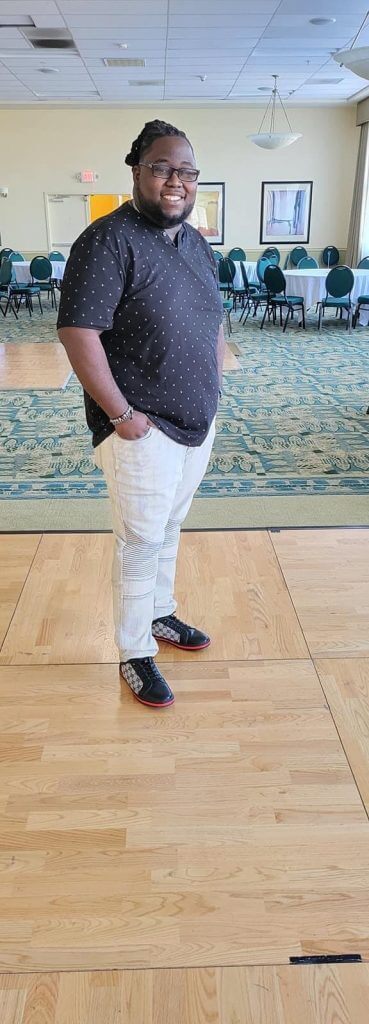
At this point right, I’m dabbling in a new career. I’m just learning to navigate through all this newness and wonderfulness. I’m still trying to uplift and, in some cases, rebuild and make communities more informed of what they should know about the dance. I have partnered with many groups in different cities, which I call my soon-to-be branches, to use my curriculum to help build their knowledge as well as help build their communities’ knowledge of the dance.
It allows them to have a good community where they can dance locally and like-minded instruction anywhere they can travel to. Since we are all travelers, we can travel to get like-minded information that can further their progression in the dance versus getting information from one person and then going elsewhere for more information. Then you hear something different that almost goes against what you have learned in your community.
Sometimes people aren’t learning because they don’t know how to disseminate or take out or what works best for them. So, now we create a network where they can go to different places and still get like-minded instruction that follows a certain curriculum and guidelines. It keeps the progression going. I am building those branches and working with people who want to enhance their community. I have a lot of people reaching out from different cities to understand the Smoothtivity way of teaching. They have access to me on how to be able to teach. And, most importantly, how to grow their community.
We’re at 14 branches from Detroit to Dallas to Cleveland to a few different groups in the Bay Area. Also, we have a couple of groups in Cleveland and Seattle. We are all over, and I’m trying to continue to progress. We are also in Florida and continuing to build. If people are interested and want help to build and enhance their community, I’m willing to share a piece of me and a piece of what I do to help do that.
Subscribe to Chicago Stepping News by eMail from Sonji

Welcome! I am the writer Sonji Stewart. These are my travel stories about my Chicago Stepping experiences, traveling from city to city to dance. I hope my stories encourage you to join me in the adventure.
Get the latest blog post by email because every stepper should be on this email list.
By clicking submit, you accept our terms & conditions. We do not share or sell your personal information.

